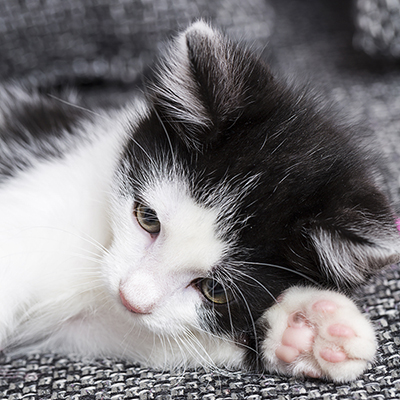I’m sure I can’t be the only cat slave who likes giving my furry friends foot massages. My cats seem to find the act of being rubbed between the toes and having their claws gently extended to be quite relaxing. I can’t say I blame them.
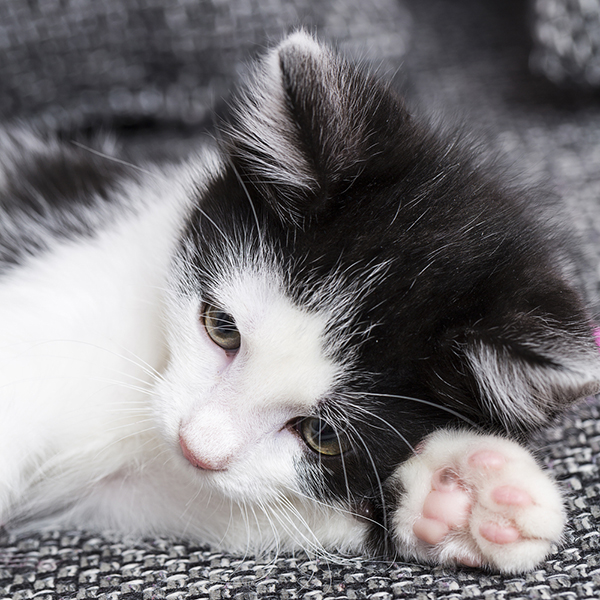
But what’s really cool is that in addition to being cute, cats’ feet are an amazing anatomical achievement. Check it out.
The 7 Facts About Cat Paw Anatomy
1. Cats have the same legs as we do, but in different proportions
Compared to us, a cat’s rear feet are huge in proportion to his legs. If our legs were built the same way as cats’ back legs are, our feet would be as long as our shins.
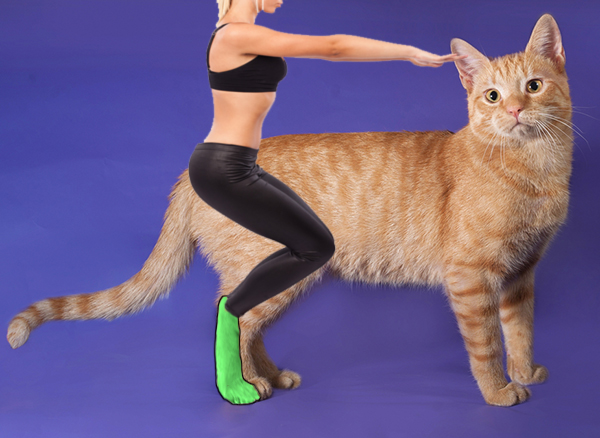
2. Cats walk on their tiptoes
Cats are digitigrade walkers, which means that instead of walking on the heels and the balls of the feet like we do, they walk on the balls of the feet and the fingertips.
3. Cats’ claws aren’t like our fingernails
Our fingernails grow out of the flesh at the end of our fingers, but cats’ claws actually grow out of the bones at the end of the paws. That’s why declawing is much more than just “trimming the nails.” In order for a cat’s claws to be removed, the last bone in every paw is amputated — and that’s just one of the many reasons I believe declawing is cruel and unnecessary.
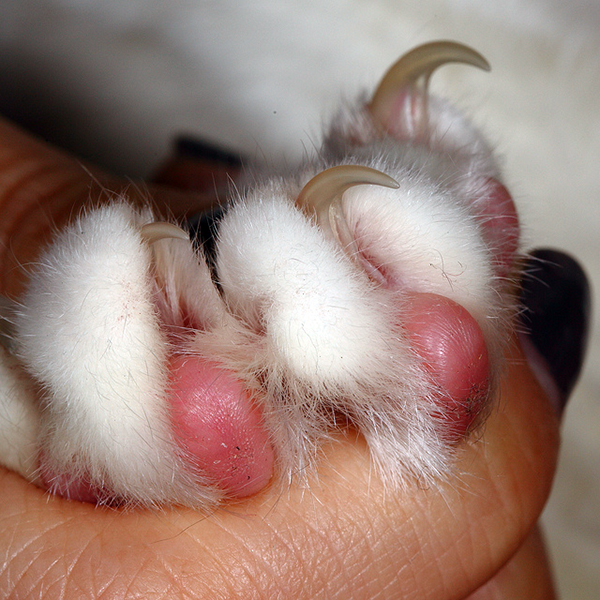
4. Those cute little jellybeans are key to the cat’s survival
Cats’ paw pads are thick and contain a lot of fatty tissue. This allows the paw pads to serve as shock absorbers when cats jump and means that cats can walk almost silently when stalking their prey. The paw pads also insulate the feet and serve as the housing for the claws when they’re not in use.
5. Scratching is like graffiti tagging for cats
Cats have glands tucked between their paw pads that secrete oil with a scent only cats can detect. When cats scratch surfaces such as scratching posts, trees or furniture, they deposit their scent, which tells other cats, “Hey, I was here!”
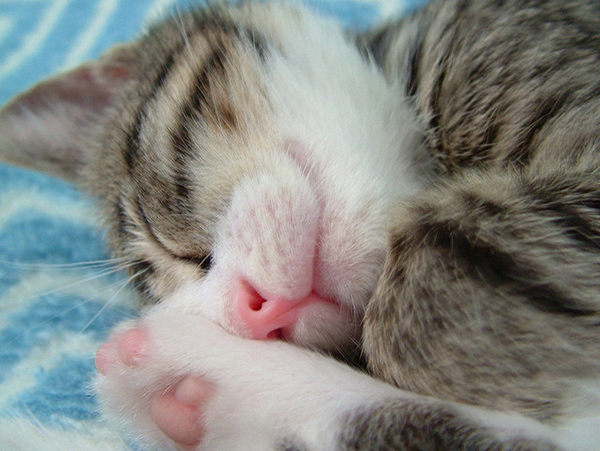
6. Cats sweat through their paw pads
The paws are the only part of a cat’s body that has sweat glands. Although the paw pads don’t have enough surface area to do much in the way of controlling a cat’s body temperature, a nervous cat can certainly leave little sweaty pawprints on the exam table at the vet’s office.
7. Paw pad color is related to fur color
Black cats have black pads, white cats usually have light-pink pads, orange cats have orange pads, tabbies may have brick red or gray pads, and so on. If your cat is multicolored, the odds are good that his pads are multicolored, too. In solid-colored cats and in some purebreds, the color of the paw pads matches the color of the nose leather.
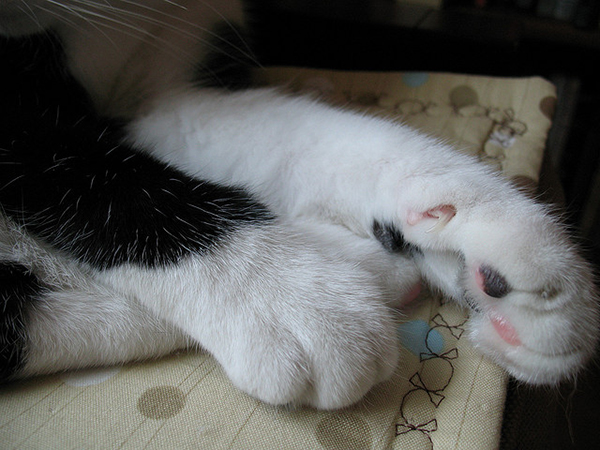
What would you like to know about your cat’s paws? Does your cat have unusually colored paw pads? Share your thoughts and photos of your kitty’s paws in the comments.
Read more about cats and science on Catster:

